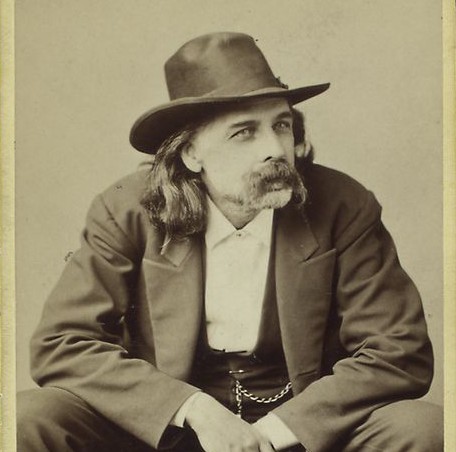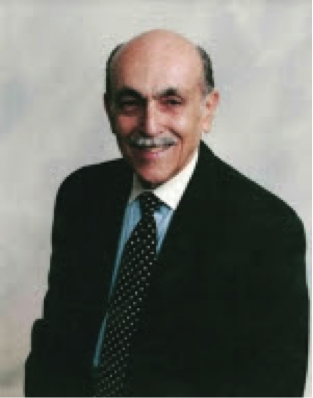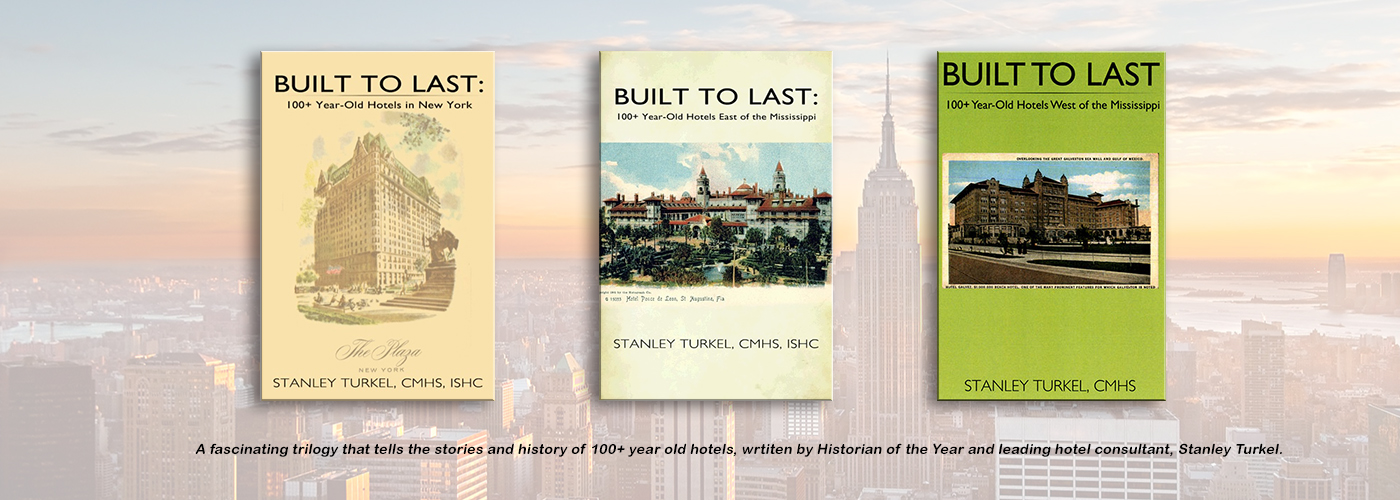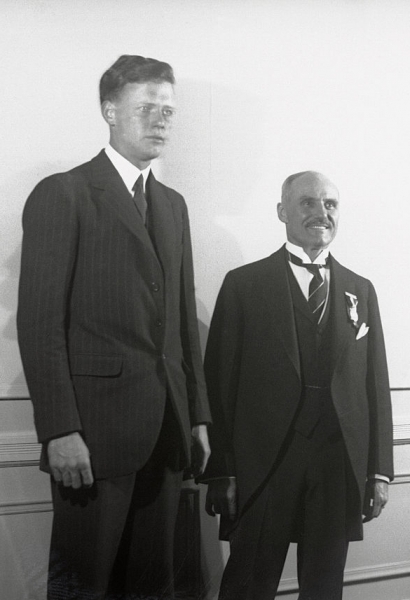Nobody Asked Me, But… No. 219: Hotel History: Josh Billings on Hotels One Hundred and Forty-Eight Years Ago
Stanley Turkel | September 11, 2019

Hotel History: Josh Billings on Hotels One Hundred and Forty-Eight Years Ago
Josh Billings was the pen name of the 19th century American humorist Henry Wheeler Shaw (1818-1885). He was a famous humor writer and lecturer in the United States during the latter half of the 19th century. He is often compared to Mark Twain.
Shaw was born in Lanesborough, Massachusetts. His father, Henry Shaw, served in the United States House of Representatives from 1817 and his grandfather, Samuel Shaw, also served in the Congress from 1808-1813.
Shaw attended Hamilton College but was expelled in his second year for removing the clapper of the campus bell. Shaw worked as a coal miner, farmer and auctioneer before becoming a journalist in 1858. Under the pseudonym “Josh Billings”, he wrote humorous columns in the slang of the day often with eccentric phonetic spellings dispensing folksy wit and humor:
Josh Billings on Hotels
New Albany Weekly Ledger, New Albany, Indiana
March 22, 1871:
“I don’t know of any business more flattersome than the tavern business. There don’t seem to be anything to do but to stand in front of the register with a pen behind the ear, and see that the guests enter the house, then tell John to show the gentleman to 976, and then take four dollars and fifty cents next morning from the devil of traveller, and let him went.
This seem to be the whole thing (and it is the whole thing) in most cases.
You will discover the following description a mild one of about nine hotels out of ten between the Atlantic and Pacific Oceans, across the United States in a straight line.
Your room is 13 foot 5 inches, by 9 foot 7 inches, parallelogramly. It being court week (as usual), all the good rooms are employed by the lawyers and judges.
Your room is on the uttermost floor.
The carpet is ingrain – ingrained with the dust, kerosene oil, and ink spots of four generations.
There is two pegs in the room to hitch coats onto; one of them broke off, and the other pulled out and missing.
The bureau has three legs and one brick.
The glass on the bureau swings on two pivots, which have lost their grip.
There is one towel on the rack, thin but wet.
The rain water in the pitcher came out of the well.
The soap is as tough to wear as a whetstone. The soap is scented with cinnamon oil and variegated with spots.
There is three chairs, cane setters; one is a rocker, and all three is busted.
There is a match safe – empty.
There is no curtain to the window, and there don’t want to be any; you can’t see out, and who can see in?
The bell-rope is come off about six inches this side of the ceiling.
The bed is a modern slat-bottom, with two mattresses – one cotton and one husk, and both harder and about as thick as a sea biscuit.
You enter the beds sideways, and can feel every slat at once as is you could the ribs of a gridiron.
The bed is inhabited.
You sleep some, but roll over a good deal.
For breakfast you have a gong, and Rio coffee too cold to melt butter; fried potatoes, which resemble chips that a two-inch auger makes in its journey through an oak log.
Bread, solid; beefsteak, about as thick as a blister plaster, and as tough as a hound’s ear. Table covered with plates, a few scared to death pickles on one of them, and six fly-indorsed crackers on the other.
A pewterinkum castor with three bottles in it, one without any pepper in it, one without any mustard, and one with two inches of drowned flies and some vinegar in it.
Servant girl, with hoops on, hangs around you earnestly, and wants to know it you want another cup of coffee.
You say, “No, ma’am, I thank you,” and push back your chair. You haven’t eat enough to pay for picking your teeth.”
My New Book, “Great American Hotel Architects” is Available
My eighth hotel history book features twelve architects who designed 94 hotels from 1878 to 1948: Warren & Wetmore, Henry J. Hardenbergh, Schultze & Weaver, Mary Elizabeth Jane Colter, Bruce Price, Mulliken & Moeller, McKim, Mead & White, Carrere & Hastings, Julia Morgan, Emery Roth, Trowbridge & Livingston, George B. Post and Sons.
You can order copies from the publisher AuthorHouse by posting “Great American Hotel Architects” by Stanley Turkel.
My Other Published Hotel Books
- Great American Hoteliers: Pioneers of the Hotel Industry (2009)
- Built To Last: 100+ Year-Old Hotels in New York (2011)
- Built To Last: 100+ Year-Old Hotels East of the Mississippi (2013)
- Hotel Mavens: Lucius M. Boomer, George C. Boldt, Oscar of the Waldorf (2014)
- Great American Hoteliers Volume 2: Pioneers of the Hotel Industry (2016)
- Built To Last: 100+ Year-Old Hotels West of the Mississippi (2017)
- Hotel Mavens Volume 2: Henry Morrison Flagler, Henry Bradley Plant, Carl Graham Fisher (2018)
All of these books can be ordered from AuthorHouse by visiting www.stanleyturkel.com and clicking on the book’s title.
If You Need an Expert Witness:
For the past twenty-seven years, I have served as an expert witness in more than 42 hotel-related cases. My extensive hotel operating experience is beneficial in cases involving:
- slip and fall accidents
- wrongful deaths
- fire and carbon monoxide injuries
- hotel security issues
- dram shop requirements
- hurricane damage and/or business interruption cases
Feel free to call me at no charge on 917-628-8549 to discuss any hotel-related expert witness assignment.Download Nulled WordPress ThemesDownload Best WordPress Themes Free DownloadDownload WordPress ThemesDownload Premium WordPress Themes Freefree download udemy paid course69
ABOUT STANLEY TURKEL

Stanley Turkel was designated as the 2014 and the 2015 Historian of the Year by Historic Hotels of America, the official program of the National Trust for Historic Preservation. This award is presented to an individual for making a unique contribution in the research and presentation of hotel history and whose work has encouraged a wide discussion and a greater understanding and enthusiasm for American History.
Turkel is the most widely-published hotel consultant in the United States. He operates his hotel consulting practice serving as an expert witness in hotel-related cases, provides asset management and hotel franchising consultation. He is certified as a Master Hotel Supplier Emeritus by the Educational Institute of the American Hotel and Lodging Association.
stanturkel@aol.com/917-628-8549
Categories
- Industry Happenings (25,377)
- Technology (4,669)
- All Things Independent (3,705)
- Operations (3,615)
- Market Reports (1,452)
- Latest news (1,434)
- Development (1,192)
- Finance (1,141)
- Real Estate (964)
- Smart Strategies (925)
hotelonlinenewsFollow on Instagram
Tags
henry wheeler shawhotel historyjosh billingsnobody asked mestan turkelstanley turkel
RELATED NEWS:
Nobody Asked Me, But… No. 218; Hotel History: Raymond Orteig and Charles Lindbergh
Nobody Asked Me, But… No. 217, Hotel History: Catskill Mountain Resort HotelsNobody Asked Me, But… No. 216: Hotel History: Ellsworth M. StatlerNobody Asked Me, But… No. 215: Hotel History: The TWA HotelNobody Asked Me, But… No. 214: Hotel History: Shepheard’s Hotel, Cairo, EgyptNobody Asked Me, But… No. 213: Hotel History: Sheraton’s Classic Advertising CampaignsNobody Asked Me, But… No. 212: Hotel History: Hotel del Coronado, Coronado, California (1888)Nobody Asked Me, But… No. 211: Hotel History: Asian American Hotel Owners Association*Nobody Asked Me, But… No. 210: Hotel History: John Q. Hammons (1919-2013)Nobody Asked Me, But… No. 209: Hotel History: The Americana of New York (1962)Nobody Asked Me, But… No. 208: Hotel History: Grand Hotel (1887) Mackinac Island, MichiganNobody Asked Me, But… No. 207: Hotel History in Brooklyn, N.Y.: Hotel Bossert (1909) and St. George Hotel (1885)Nobody Asked Me, But… No. 203: Hotel History: The Skirvin Hotel, Oklahoma City, Oklahoma (225 Rooms)Hilton Singapore Welcomes New Executive Chef Kazi HassanNobody Asked Me, But… No. 202: Hotel History: Mayflower Hotel, Washington, D.C.Nobody Asked Me, But… No. 201: Hotel History: Architect Morris LapidusNobody Asked Me, But… No. 200: Hotel History: Cesar Ritz and Auguste EscoffierNobody Asked Me, But… No. 199: Hotel History: Fanciful Prediction, Definition of “Turnpike”, The Pineapple as a Symbol of Hospitality, Hokusai, the Great Japanese PrintmakerNobody Asked Me, But… No. 198: Hotel History: Jefferson Hotel, U.S. Grant Hotel, The Montauk Manor and The Jung Hotel

